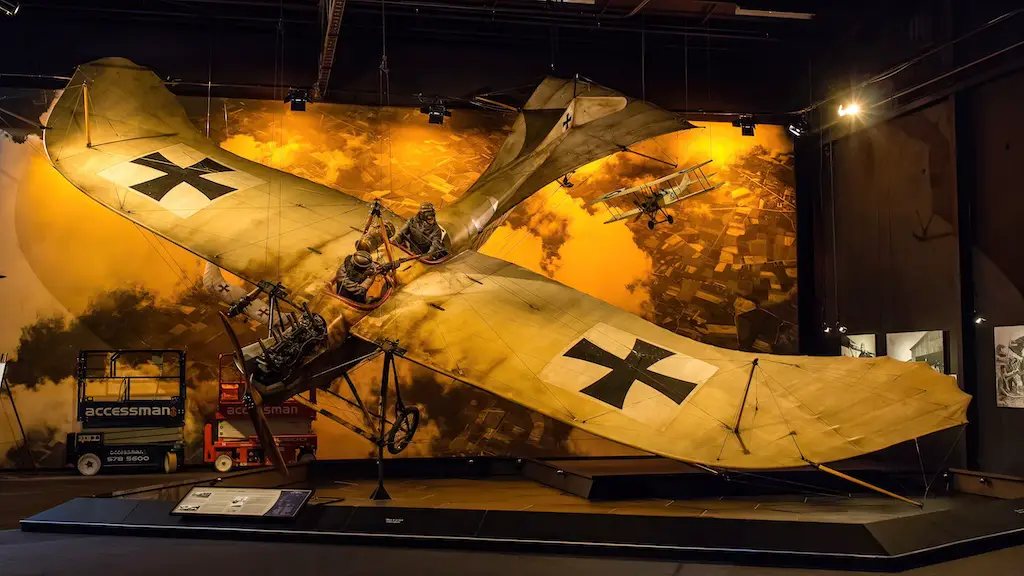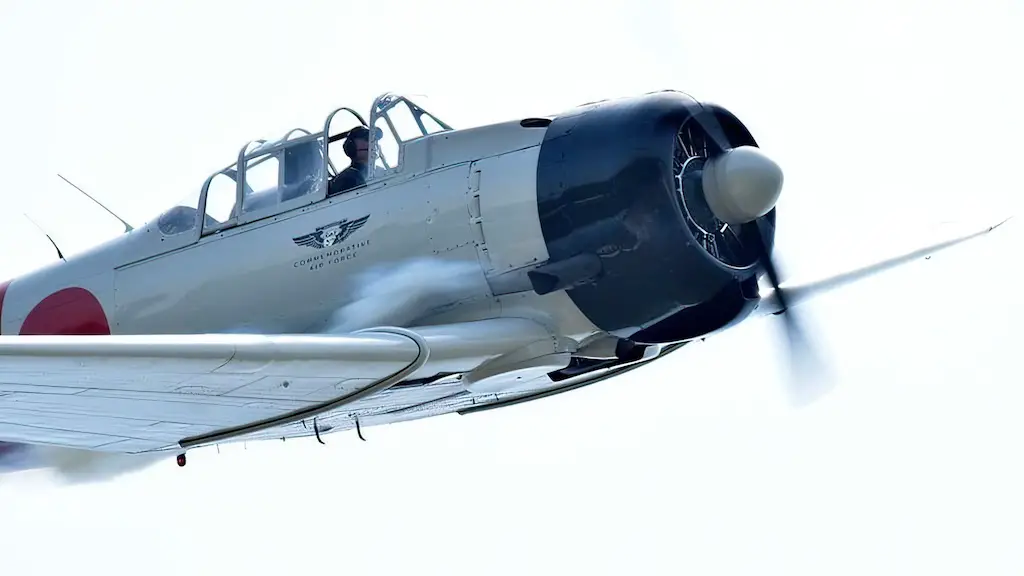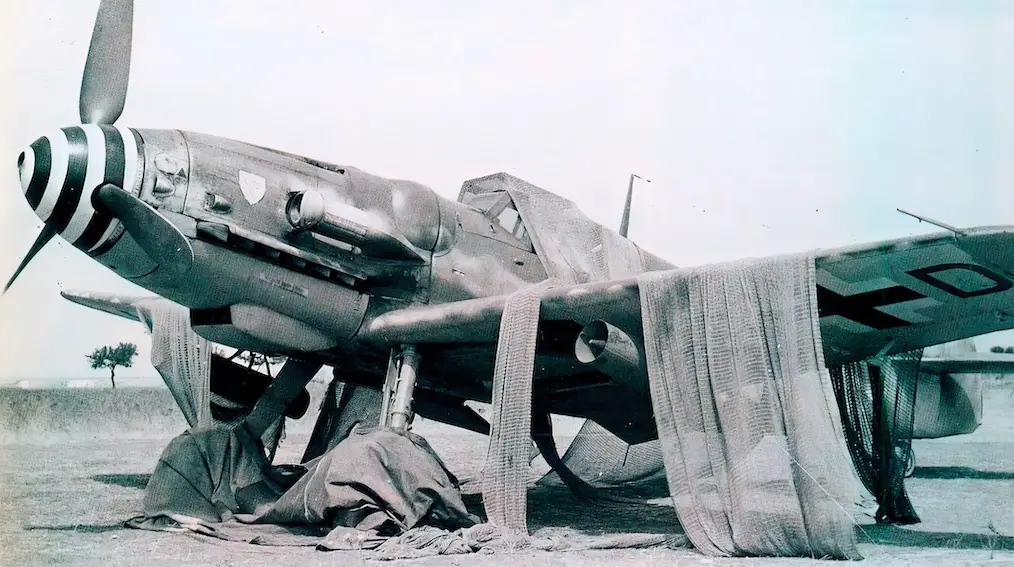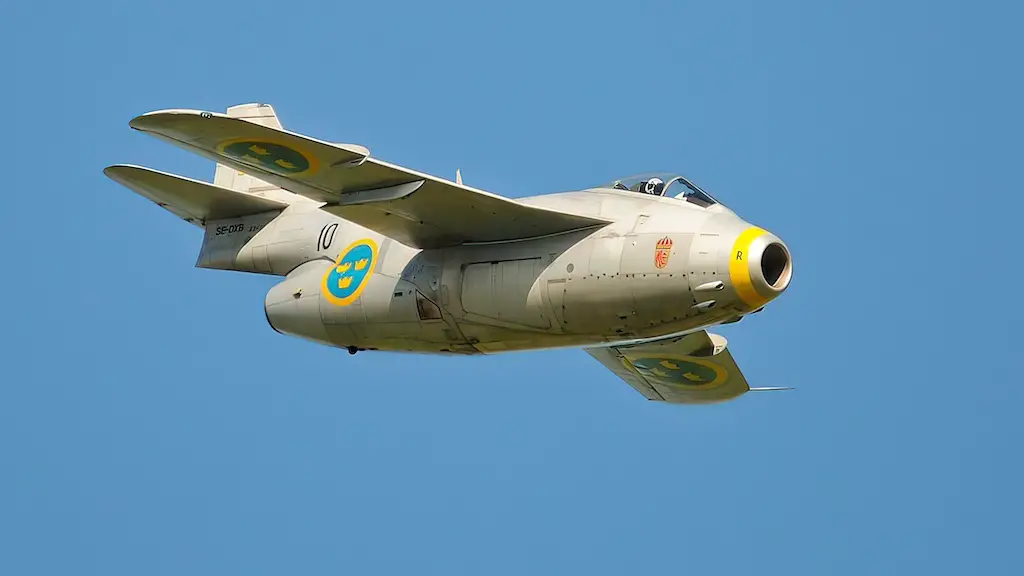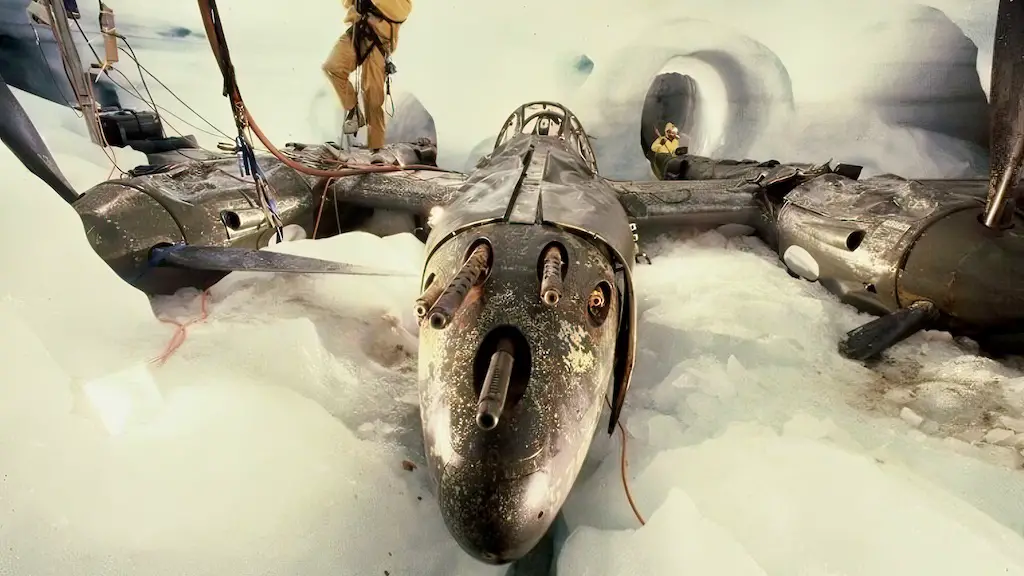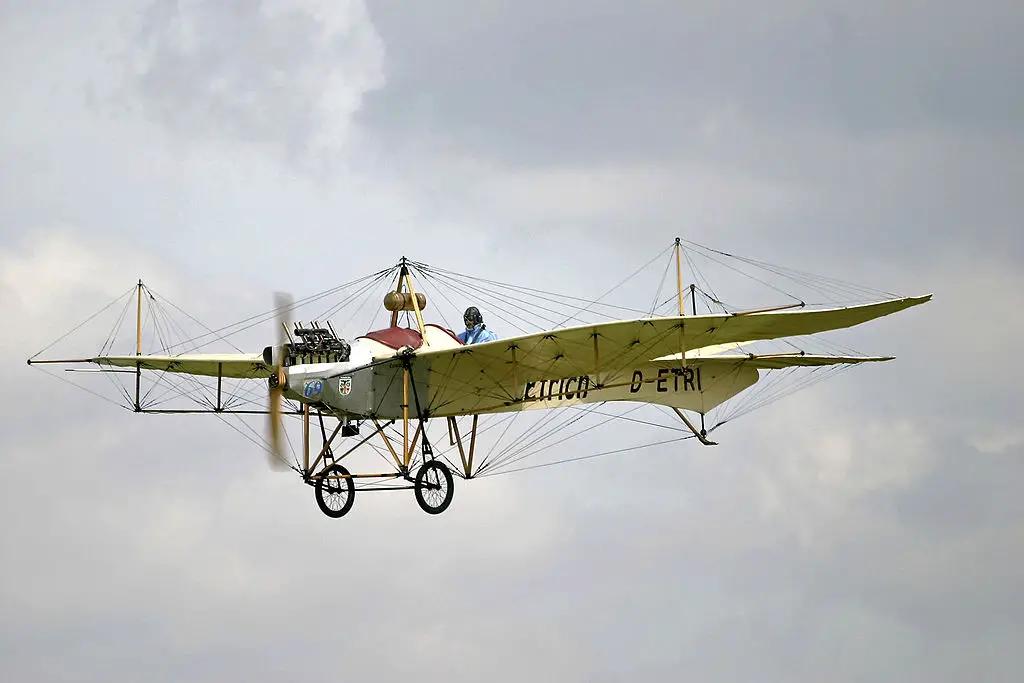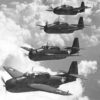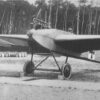The name given to one of the earliest mass-produced aircraft in the history of aviation was the Etrich Taube, “Taube” meaning “Dove” in German. Its wings and tail were tailored to actually resemble those of a bird, creating the illusion of a large bird floating graciously in the sky. As years went by, aviation developed its own self-sufficient aesthetic tradition, but in 1910 the image of a man-made bird was still a powerful one and the plane enjoyed a great success across the pre-WWI world.
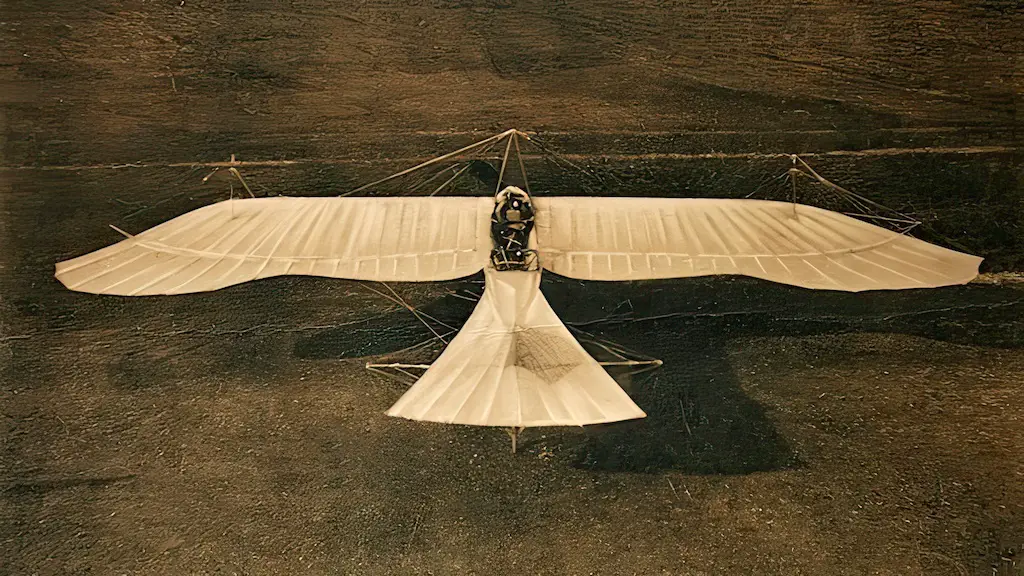
The flying cucumber and its offshoots
Taube was designed in Austria-Hungary by Igo Etrich. While the aircraft’s shape is reminiscent of a bird, its wings were actually modelled on the seeds of Javan cucumber, which can glide very long distances from their parent tree owing to its highly aerodynamic form. In other respects, it was quite a typical monoplane of its time, utilizing such contemporary design solutions as wing warping instead of ailerons for roll control. Different variants of the aircraft were powered by different engines, most commonly by a 120-hp Mercedes motor.
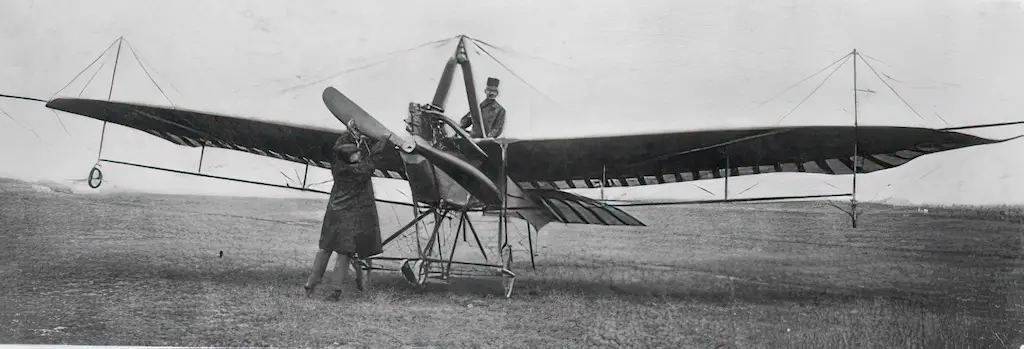
Although initially created in Austria-Hungary, the aircraft saw especially mass production in Germany. Its first manufacturer there was Rumpler Luftfahrzeugbau. Hence, the aircraft is alternatively known as Rumpler Taube. It was also produced by a dozen of other companies, such as Deutsche Flugzeugwerke, Kondor Flugzeugwerke, and Gothaer Waggonfabrik. With the total production roll estimated at several hundred airframes, Taube saw wide use around the world, including in China, Argentina, and Ottoman Empire.
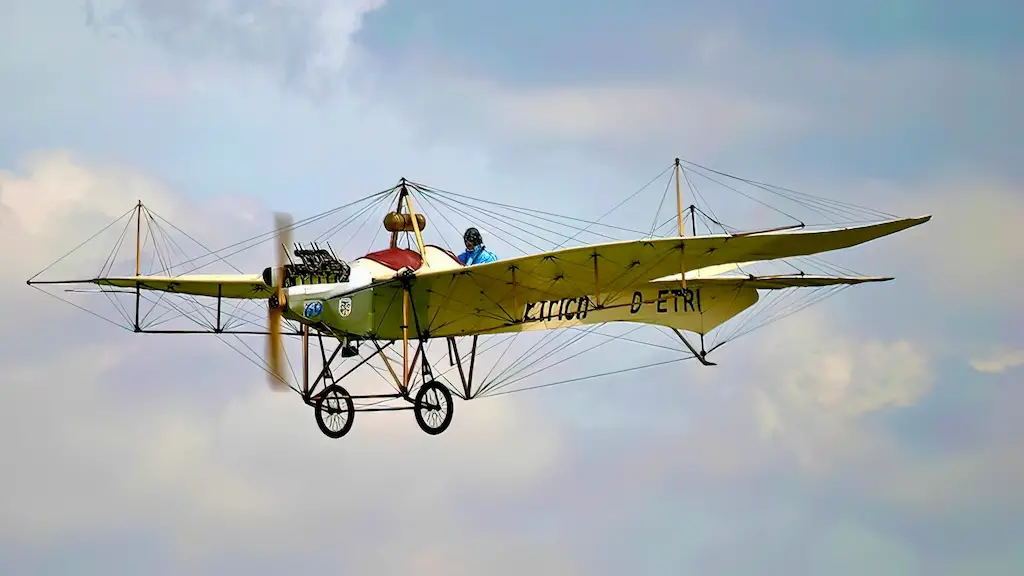
Not exactly a dove of peace
Taube’s large wings spanning 46 ft provided it with great stability, making it a good observation and spotter platform. As its wings were also very translucent, Taube was hard to detect from ground when flying at altitudes of several thousand feet. It could fly pretty high for those times, too, up to 6,600 ft.
Consequently, Taube was in high demand by German, Austro-Hungarian and other nations’ militaries as a reconnaissance aircraft. Just a year after its first flight, Taube saw combat deployment in Turco-Italian War in Libya. The following year it flew combat missions in the Balkans.
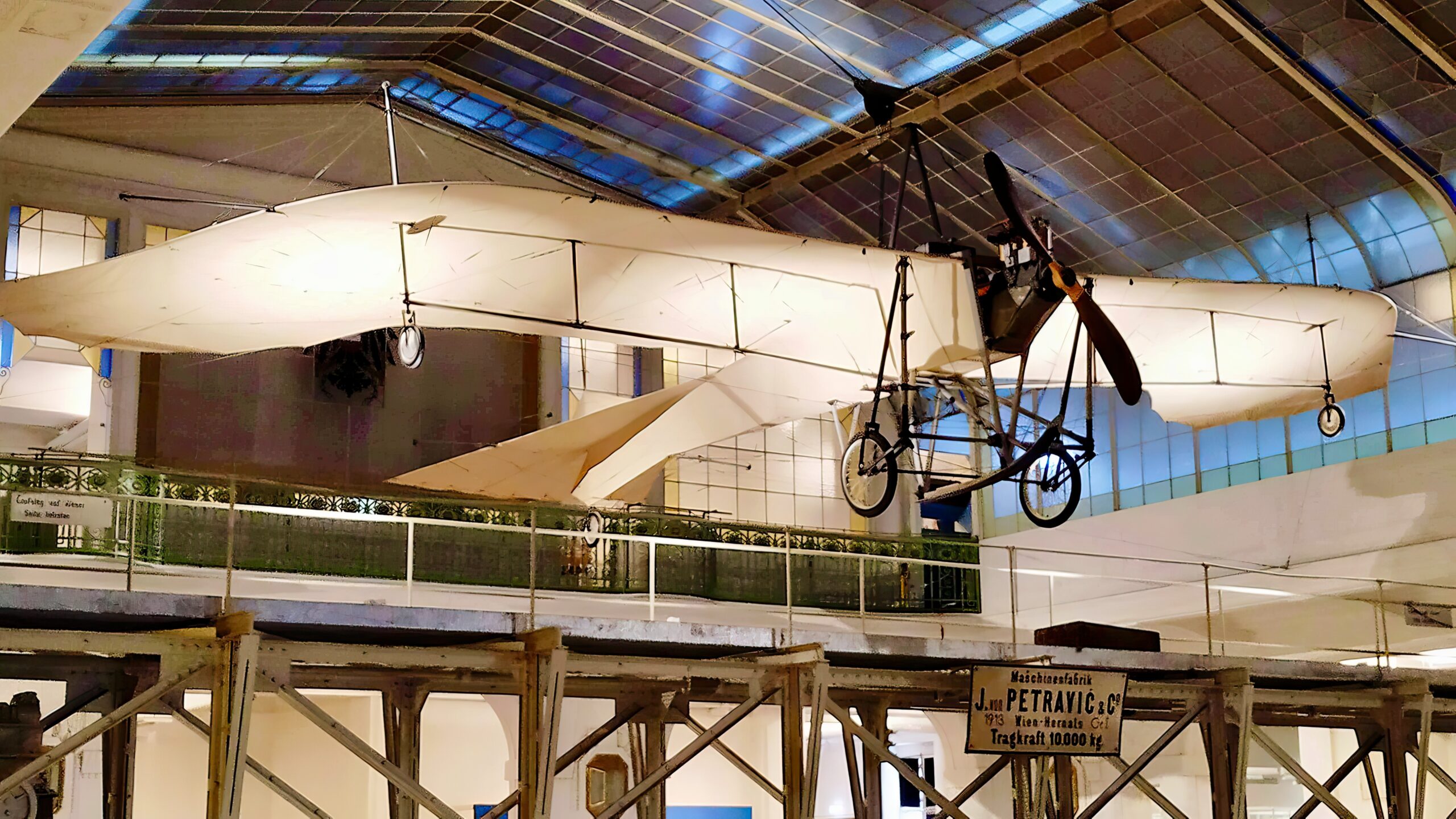
However, its military use was not limited to a reconnaissance role. On November 1, 1911, a Taube with Lt. Giulio Cavotti at the controls, dropped four 2-kg grenades on the Turkish camp near the Ain Zara oasis in western Libya (the Turkish side claimed that grenades hit a military hospital). That was the first bombing mission in the history of aviation.
An easy prey
When the Great War broke out, Taube was among the first aircraft to see action. It dropped 5-lb bombs and propaganda leaflets on Paris, including during night raids. But Taube also very quickly proved to be obsolete and unsuitable for rapidly evolving modern aerial warfare. With a top speed of mere 62 mph, poor maneuverability, and no fixed armament, Taube was a very easy prey to latest fighter aircraft. In early 1915, all Taubes were withdrawn from the frontline service and used only as trainer aircraft for the rest of the war.
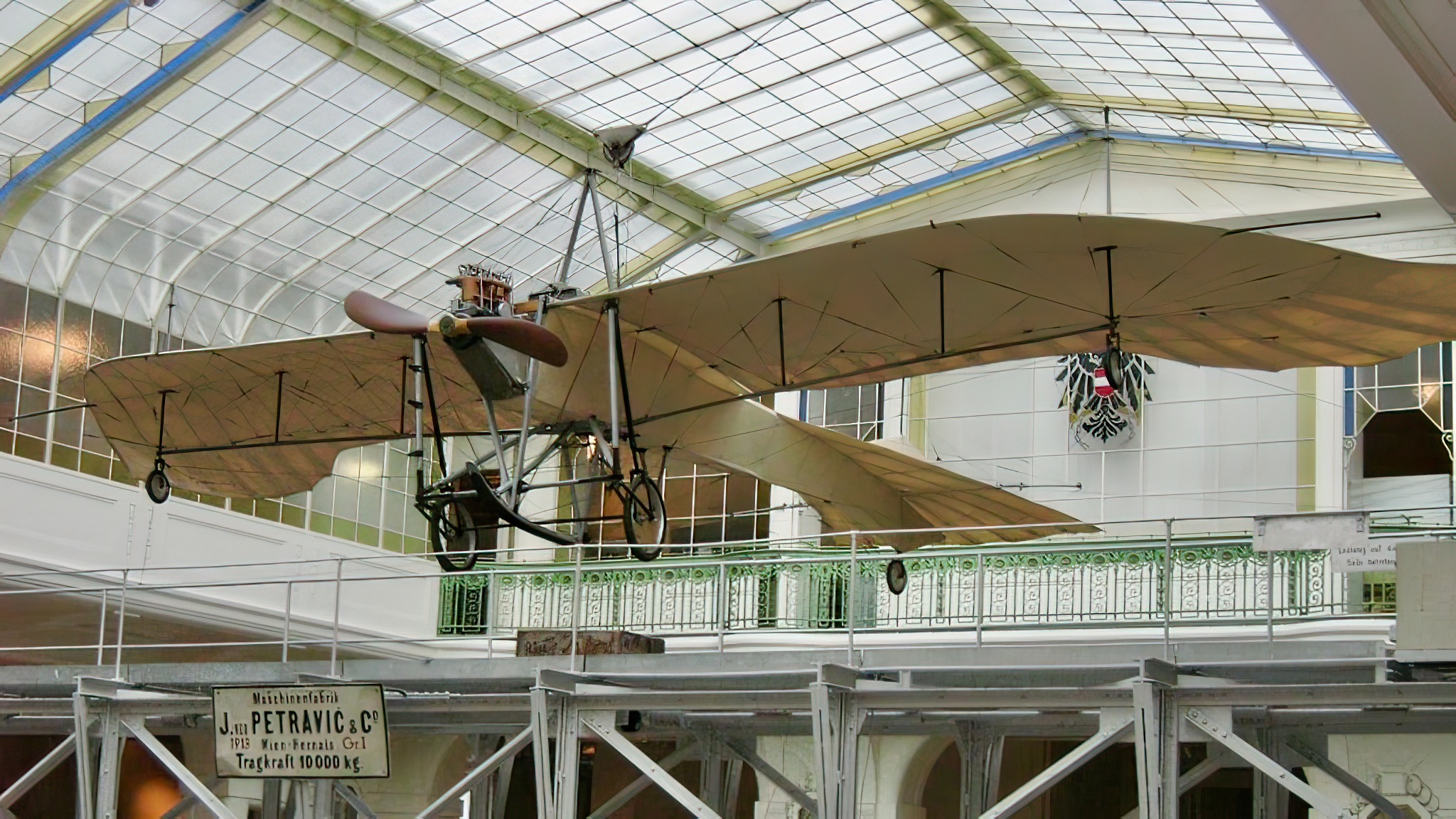
While the only surviving Taube is on display at Vienna’s Technical Museum, the Owl’s Head Transportation Museum located in Maine, US, has built and flown a replica of the legendary bird-shaped airplane.

